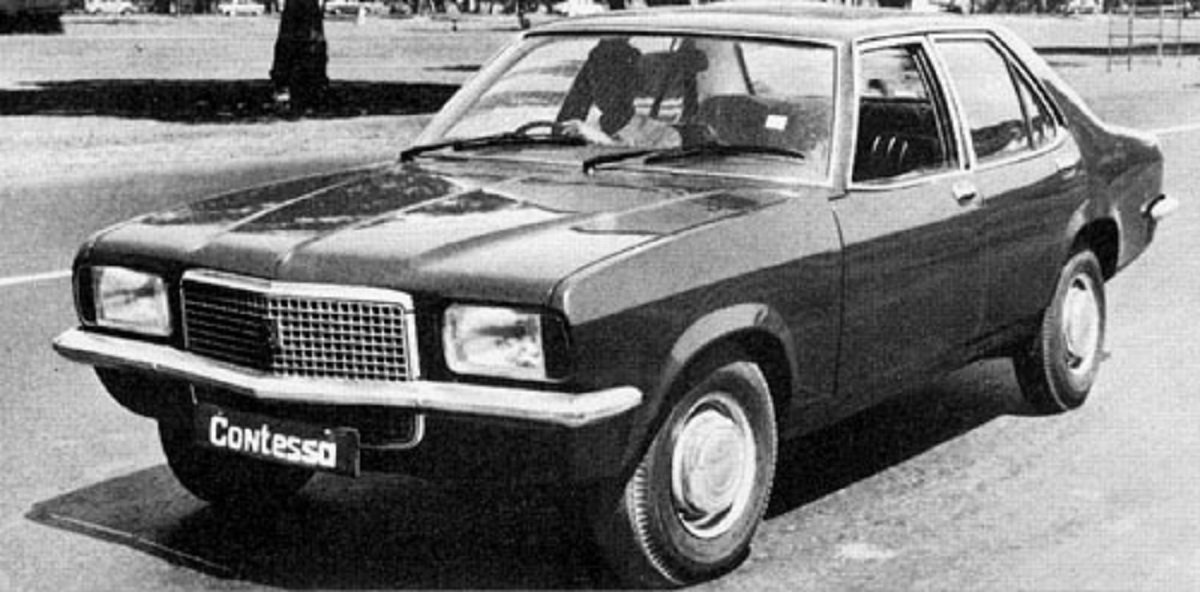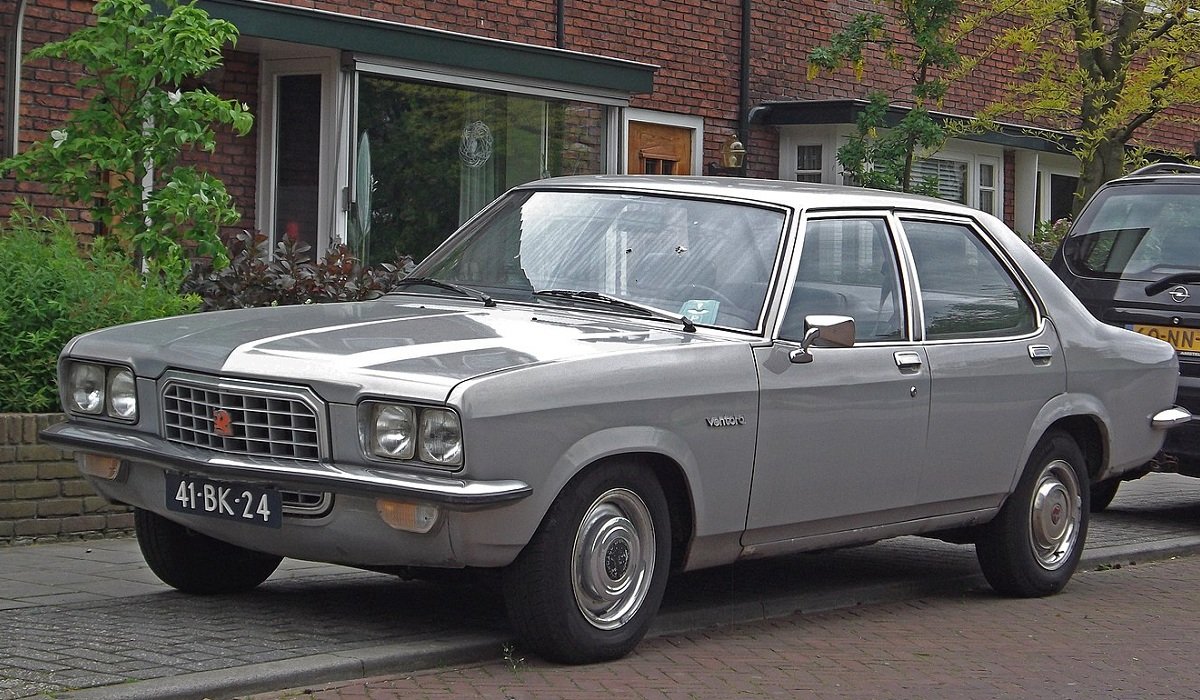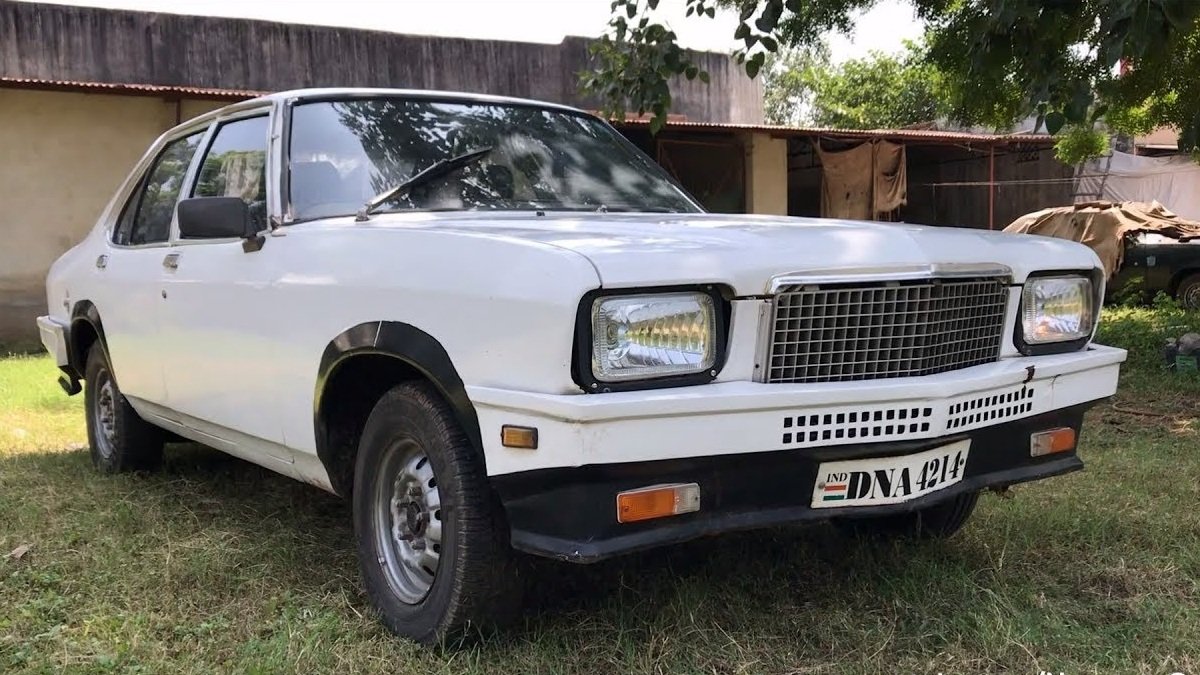Popular Stories
YOU MIGHT BE INTERESTED IN
Old is Gold: History of Hindustan Contessa
by Kshitij Rawat |
22/04/2020
The automobile industry in India took a long while to grow, especially compared to the western world. Europe had sports cars and the US had muscle cars. India never had any of that, and our carmakers focussed all their efforts into passenger cars, as those very widely popular all over the world, thus making them a safe investment.















 Follow us on google news
Follow us on google news
